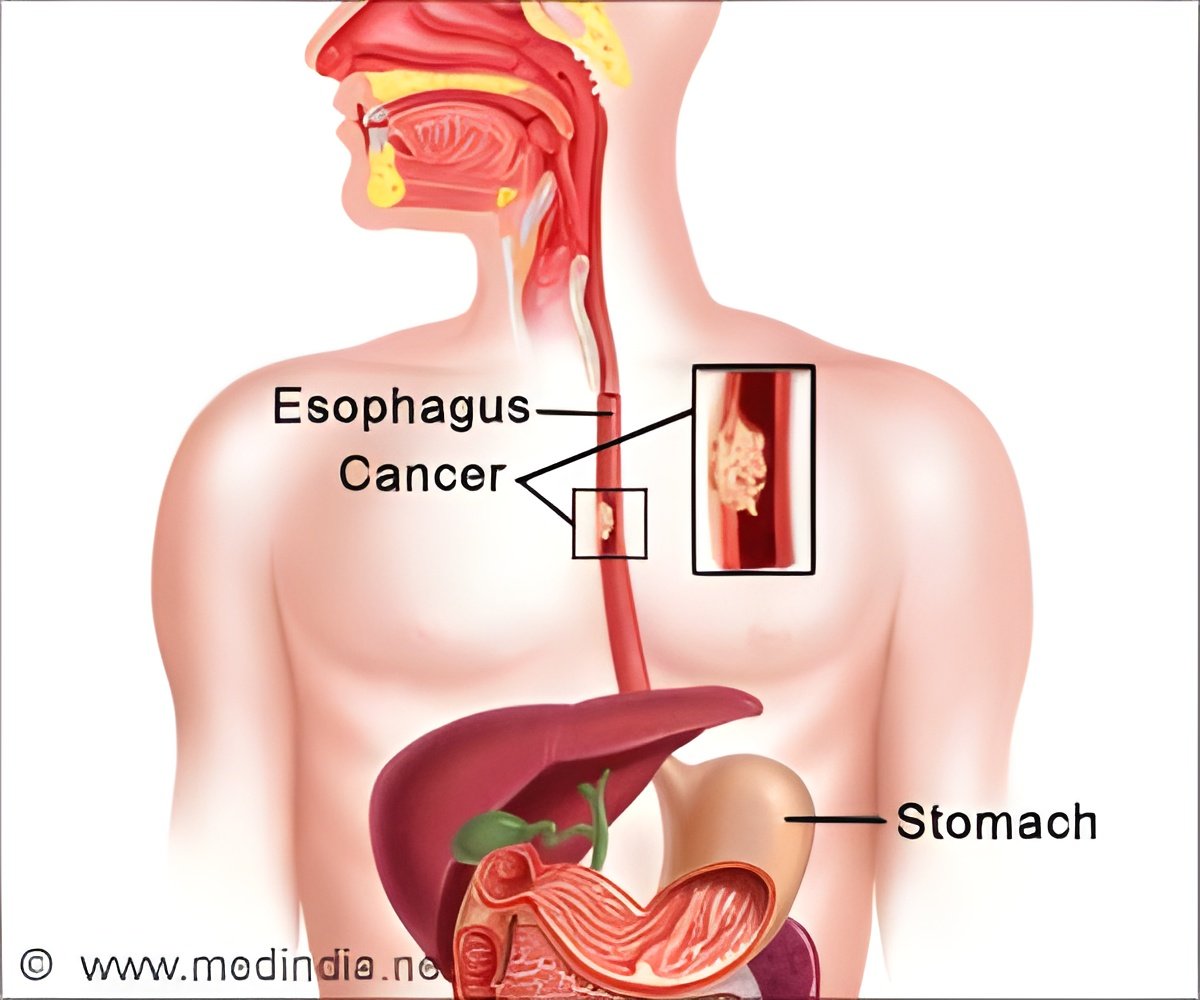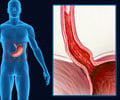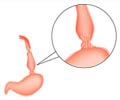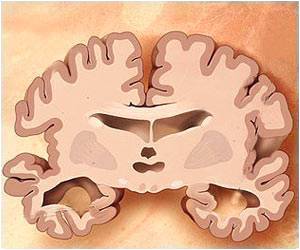Counseling patients to quit tobacco and lose weight can reduce the risk of esophageal adenocarcinoma, as both tobacco use and obesity are key risk factors.

AGA Clinical Practice Guideline on Endoscopic Eradication Therapy of Barrett’s Esophagus and Related Neoplasia
Go to source). Published in Gastroenterology, this guideline provides updated recommendations for patients with Barrett’s esophagus, a condition where the esophageal cells are replaced with abnormal, non-cancerous cells. These cells can progress to dysplasia, which may eventually lead to cancer. Dysplasia is classified as low-grade or high-grade based on the extent of cellular changes.
‘The new guideline clarifies that while #Barrett’sesophagus can lead to esophageal cancer, not all patients require endoscopic cell removal. Instead, treatment should be based on the severity of cellular changes. #endoscopy #esophagealcancer’





Endoscopic Therapy for Low-Grade Dysplasia
“While the benefit is clear for patients with high-grade dysplasia, we suggest considering endoscopic eradication therapy for patients with low-grade dysplasia after clearly discussing the risks and benefits of endoscopic therapy,” said guideline author Dr. Tarek Sawas, assistant professor in the department of internal medicine at UT Southwestern.“A patient-centered approach ensures that treatment decision is made collaboratively, taking into account both the medical evidence and the patient’s preferences and values. Surveillance is a reasonable option for patients who place a higher value on harms and a lower value on the uncertain benefits regarding reduction of esophageal cancer mortality.”
Endoscopic eradication therapy consists of minimally invasive procedures such as endoscopic mucosal resection (EMR) or endoscopic submucosal dissection (ESD), followed by ablation (burning or freezing) techniques.
Key guideline takeaways:
- For patients with low-grade dysplasia, it may be appropriate to either remove or monitor the cells. This is a decision doctors and patients should make together after discussing the risks and benefits of treatment.
- For patients with high-grade dysplasia, AGA recommends endoscopic therapy to remove the abnormal pre-cancerous cells.
- Most patients undergoing endoscopic eradication can be safely treated with EMR, which has a lower risk of adverse events. Patients who undergo ESD can face an increased risk of strictures and perforation. AGA recommends reserving ESD primarily for lesions suspected of harboring cancers invading more deeply into the wall of the esophagus or those who have failed EMR.
- Patients with Barrett’s esophagus (dysplasia or early cancer) should be treated and monitored by expert endoscopists and pathologists who have experience in Barrett’s neoplasia.
The guideline provides the following general implementation considerations:
- Tobacco use and obesity are risk factors for esophageal adenocarcinoma, so counseling patients to abstain from tobacco use and to lose weight can help improve outcomes.
- In patients with Barrett’s esophagus, reflux control should be optimized with both medication and lifestyle modifications.
Advertisement
- AGA Clinical Practice Guideline on Endoscopic Eradication Therapy of Barrett’s Esophagus and Related Neoplasia - (https://www.gastrojournal.org/article/S0016-5085(24)00302-0/fulltext)
Source-Eurekalert














